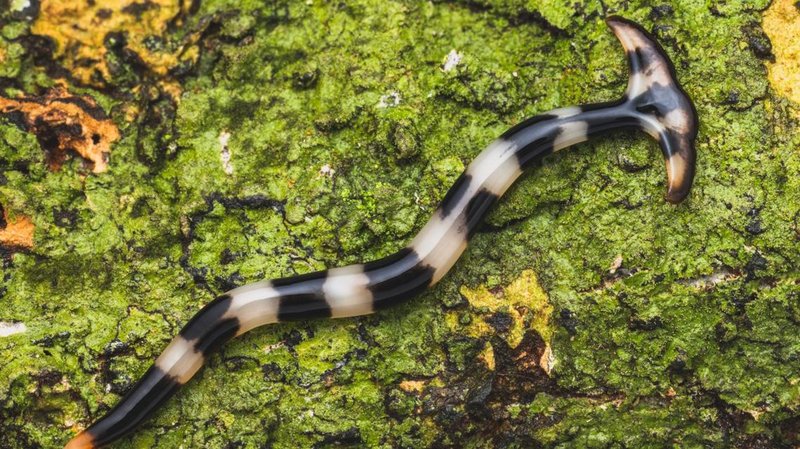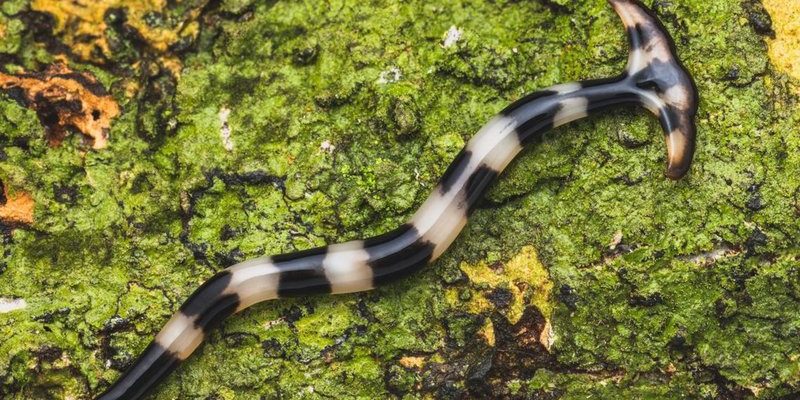
Picture your garden as a delicate balance of moisture, sunlight, and nutrients—a bit like a well-tuned orchestra. Each element plays its part, and when the conditions are just right, the hammerhead worms come out to play. But what are these moisture conditions that entice them to thrive? Let’s dive in and explore the factors that create the perfect environment for these intriguing worms.
What Are Hammerhead Worms?
Before we delve into moisture conditions, let’s quickly touch on what hammerhead worms are. They belong to the flatworm family and are sometimes called “bipalium.” Typically, they are brown or gray, and their unique hammer-shaped heads are a sight to behold. They can grow quite large, with some species reaching up to 12 inches in length.
You might be asking, “What do they do?” Hammerhead worms are primarily predators, feeding on earthworms and other small invertebrates in the soil. They capture their prey using a sticky mucus that’s secreted from their bodies, which helps them immobilize their meals. In a way, they act as nature’s pest control, but their impact on local ecosystems can be mixed, so it’s good to keep an eye on them.
Humidity: The Lifeblood of Hammerhead Worms
When it comes to moisture conditions that favor hammerhead worm activity, humidity is paramount. These worms thrive in environments where humidity levels are high—typically above 70%. This is because they have a soft body that can easily dry out in low humidity, making them vulnerable to dehydration.
Think of it like this: when the air is humid, it’s like wrapping these worms in a cozy blanket of moisture. They can move freely, hunt for food, and reproduce. If the humidity drops, however, they may become inactive or even die. So, if you’re wondering why you see more of them after a rainy day or in the morning dew, that’s just nature’s way of providing the perfect conditions for them.
Soil Moisture Levels: A Hidden Treasure
In addition to humidity, soil moisture plays a crucial role in hammerhead worm activity. These worms prefer moist, well-drained soil, as it helps them move around with ease and find their prey. Soil with the right moisture level creates a friendly environment for the worms to burrow and thrive.
If your garden soil is too dry, you may notice a decline in hammerhead worm activity. They may retreat deeper into the ground, where the moisture is more stable. Conversely, after a good rain, they often rise to the surface, taking advantage of the wet conditions to search for food and mates. It’s almost like a worm party up there!
The Role of Temperature
Moisture conditions don’t exist in a vacuum. Temperature works hand in hand with humidity and soil moisture. Hammerhead worms tend to be more active in warm, humid environments. Ideal temperatures for these worms range between 70°F and 85°F (21°C to 29°C).
When temperatures dip too low, their activity slows. You might find them less visible during the colder months or in cooler climates. Essentially, when you combine warm temperatures with high humidity and moist soil, you’re setting up a perfect storm of conditions for hammerhead worms to thrive.
Seasonal Changes and Hammerhead Worm Activity
Let’s take a moment to explore how seasonal changes impact hammerhead worm activity. In spring and summer, when temperatures rise and rain is more frequent, hammerhead worms come out in droves. This is their peak activity season, as moisture levels and temperatures align perfectly.
As fall approaches and temperatures begin to drop, you might see fewer of these worms. They can enter a sort of hibernation mode to survive the colder months. During winter, moisture levels might still be high, but the temperature drop means hammerhead worms become inactive. Just like us, they prefer to stay cozy when the weather turns cold.
Managing Moisture Conditions in Your Garden
If you want to attract hammerhead worms or manage their presence, understanding moisture management is key. Here are a few tips for creating optimal moisture conditions:
- Watering Regimen: Keep your garden soil consistently moist but not soggy. Regular watering, especially in dry spells, can help maintain the right moisture levels.
- Mulching: Adding a layer of mulch can help retain soil moisture while preventing evaporation. It also provides a great habitat for these worms.
- Soil Health: Enrich your soil with organic matter, like compost. Healthy soil holds moisture better and supports a diverse ecosystem.
By creating an inviting ecosystem for hammerhead worms, you can enjoy the balance they bring to your garden while also benefiting from their natural pest control abilities.
Concluding Thoughts on Hammerhead Worms and Moisture
So, why does moisture matter so much to hammerhead worms? As we’ve explored, these fascinating creatures rely on a delicate balance of humidity, soil moisture, and temperature to thrive. Understanding these moisture conditions can help you appreciate their role in the environment and even manage your garden more effectively.
Whether you love them or have a cautious respect for their predatory nature, hammerhead worms are indeed remarkable. By learning how to create the right moisture conditions, you can enjoy these unique creatures in your outdoor spaces while supporting a flourishing ecosystem. Just remember, keeping things cozy for them also means keeping a healthy balance for the rest of your garden!

